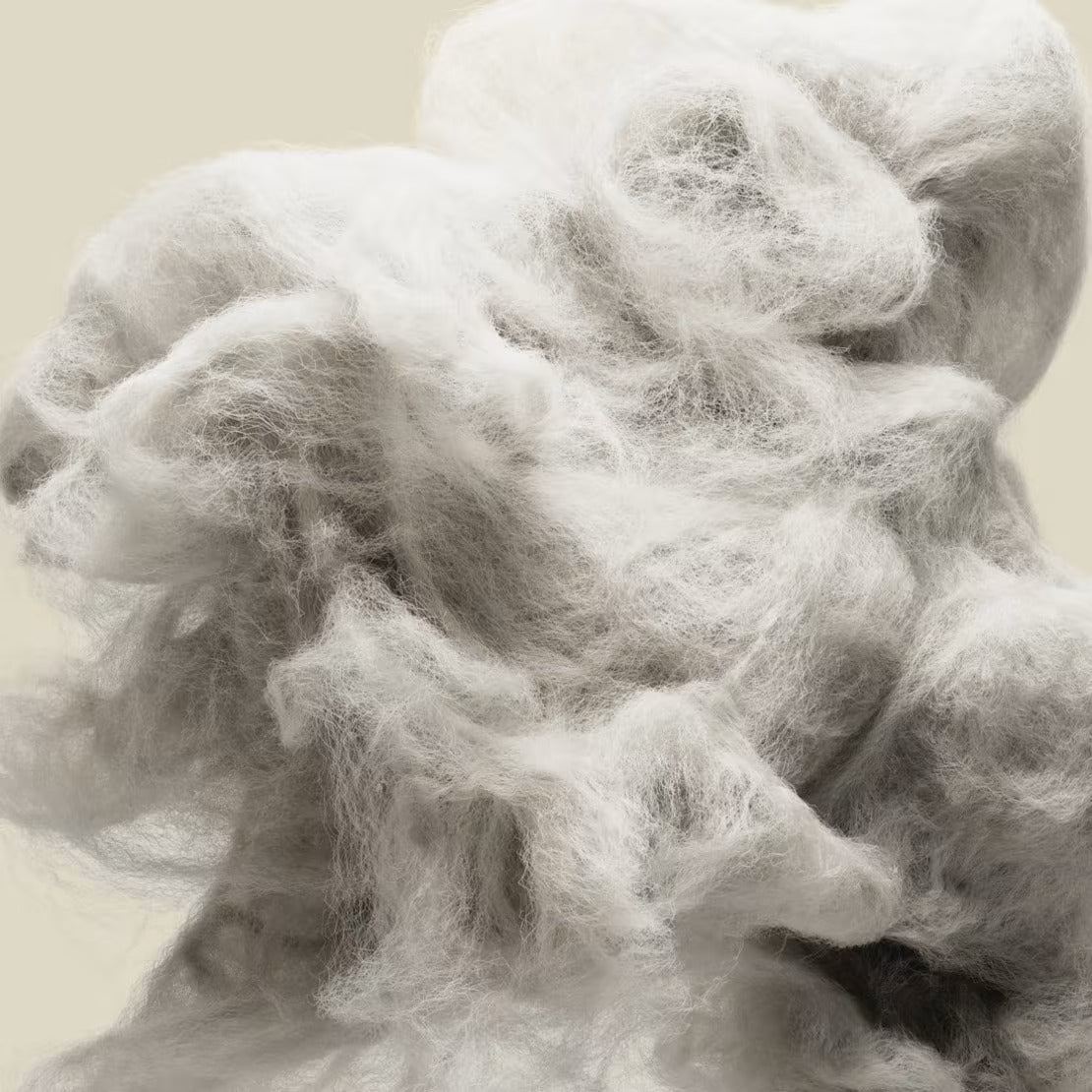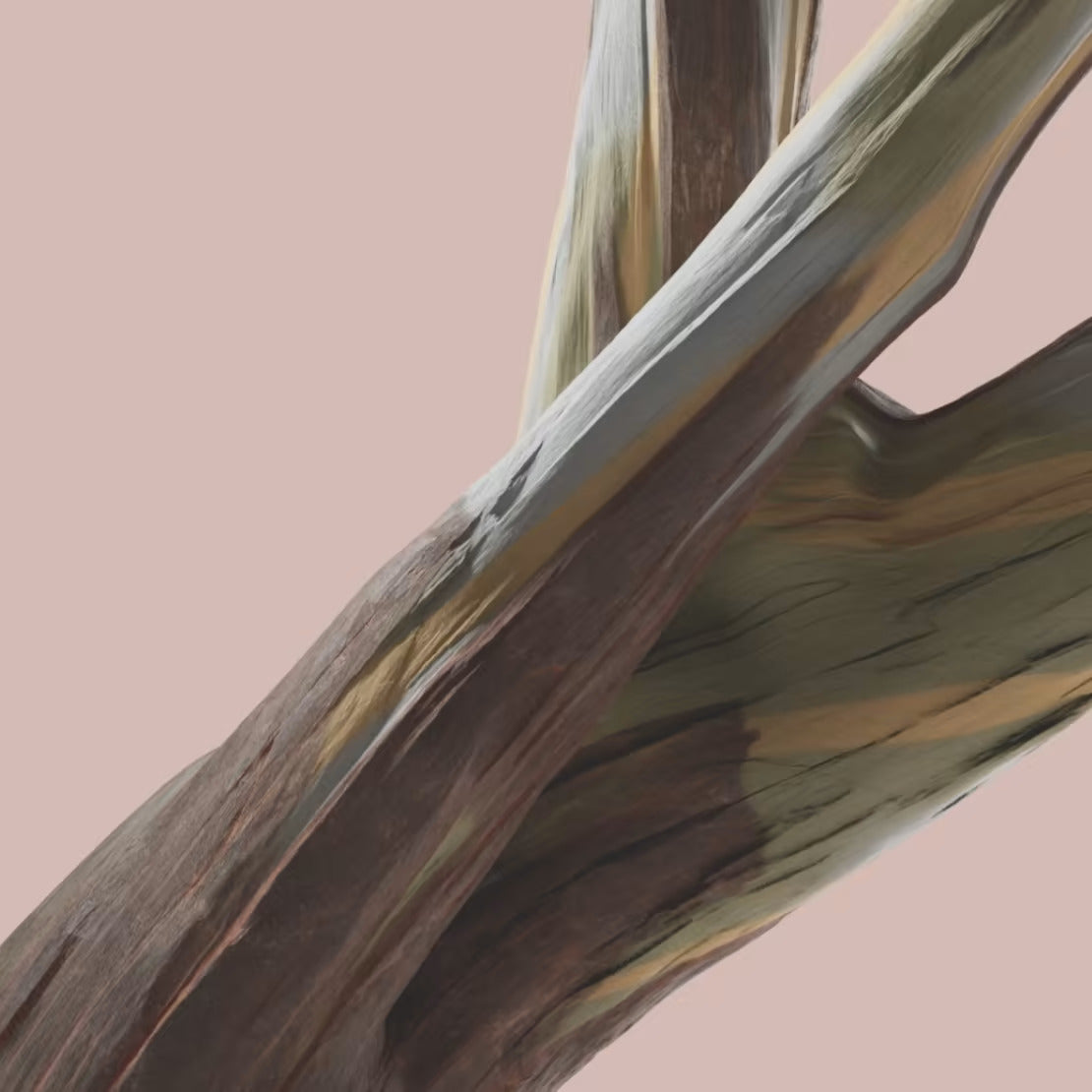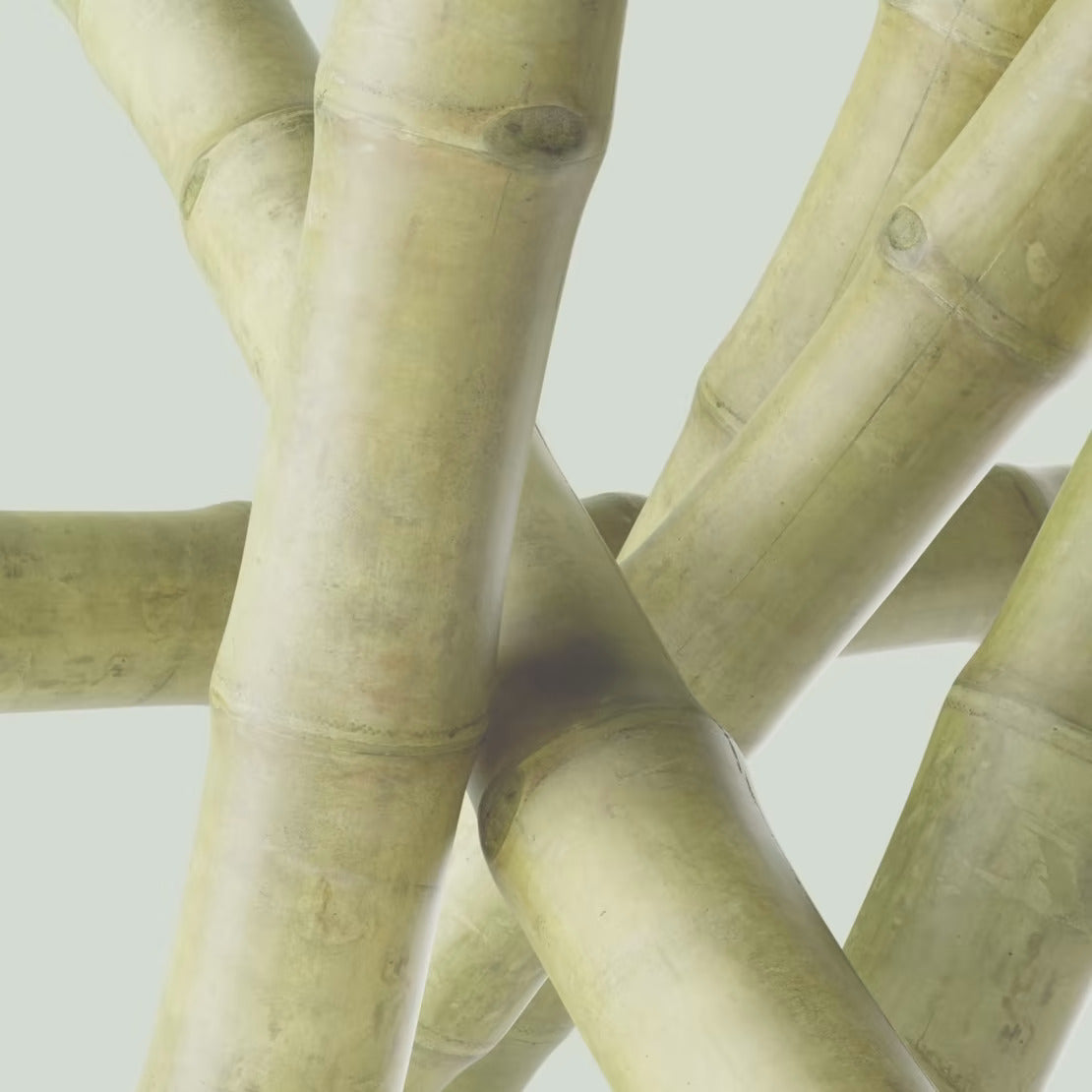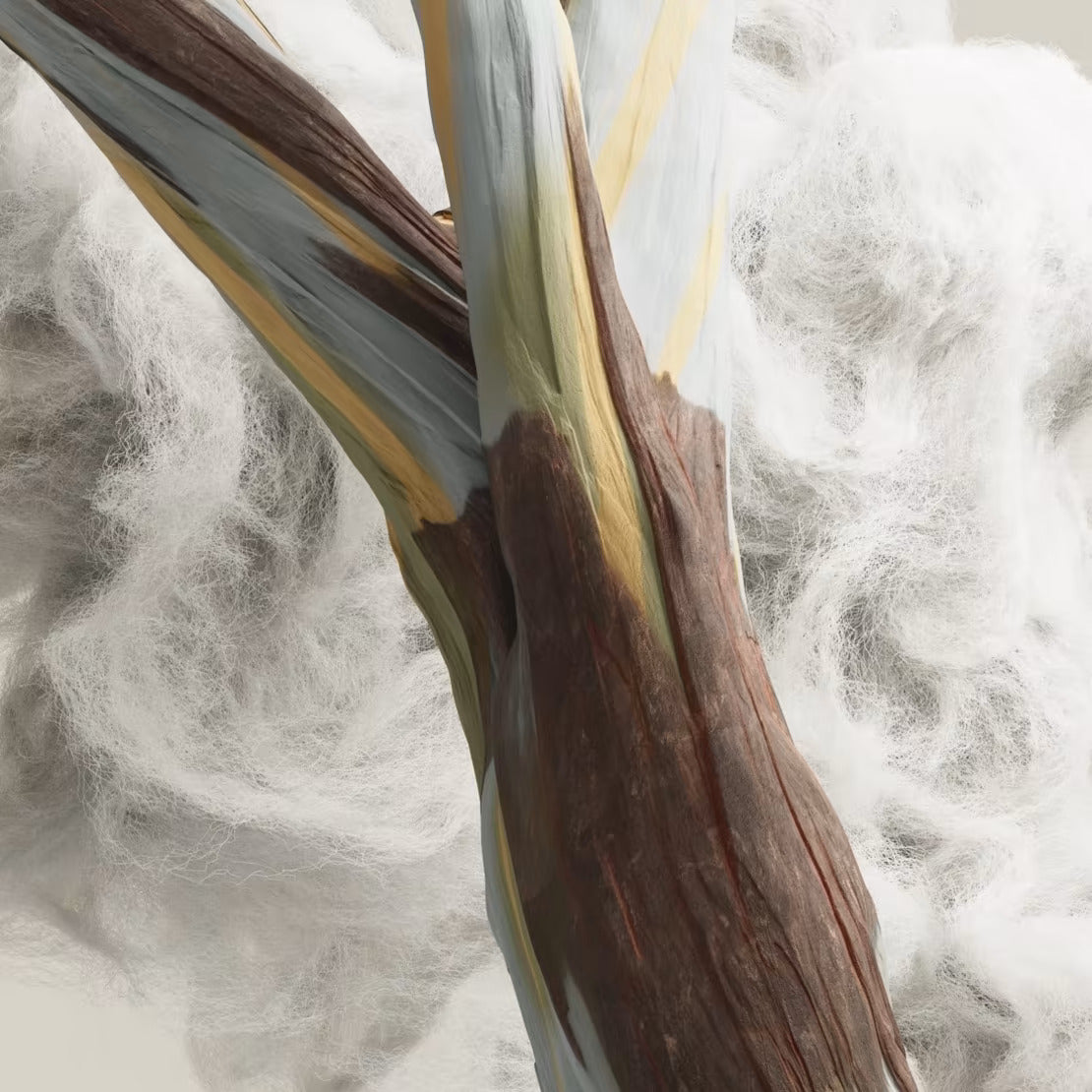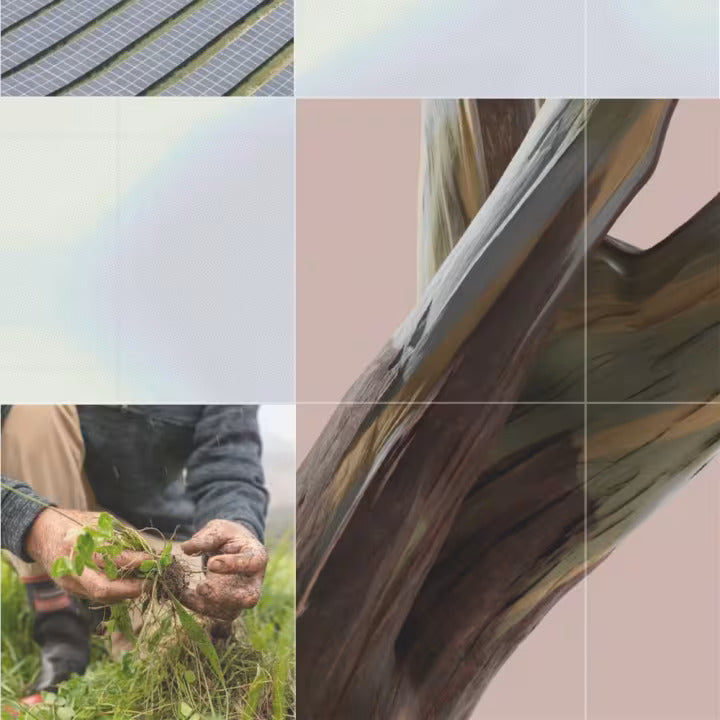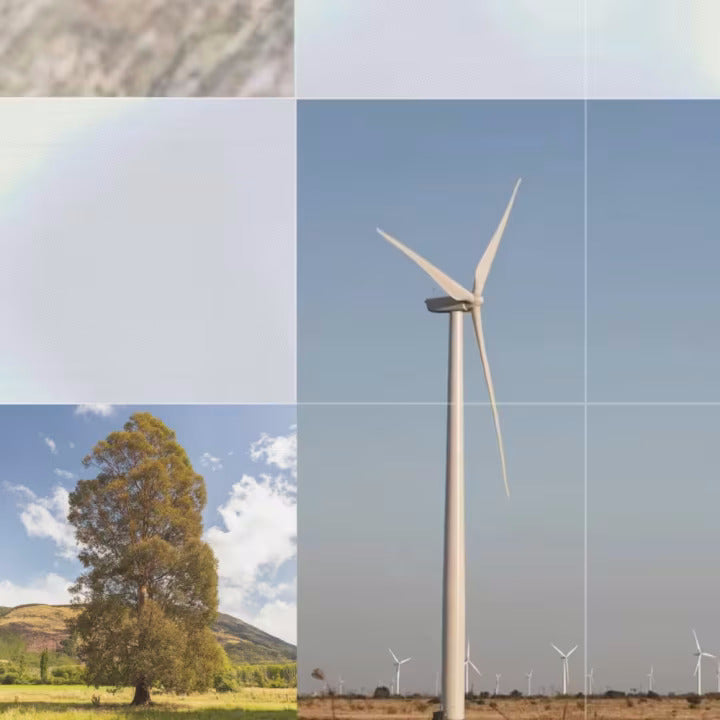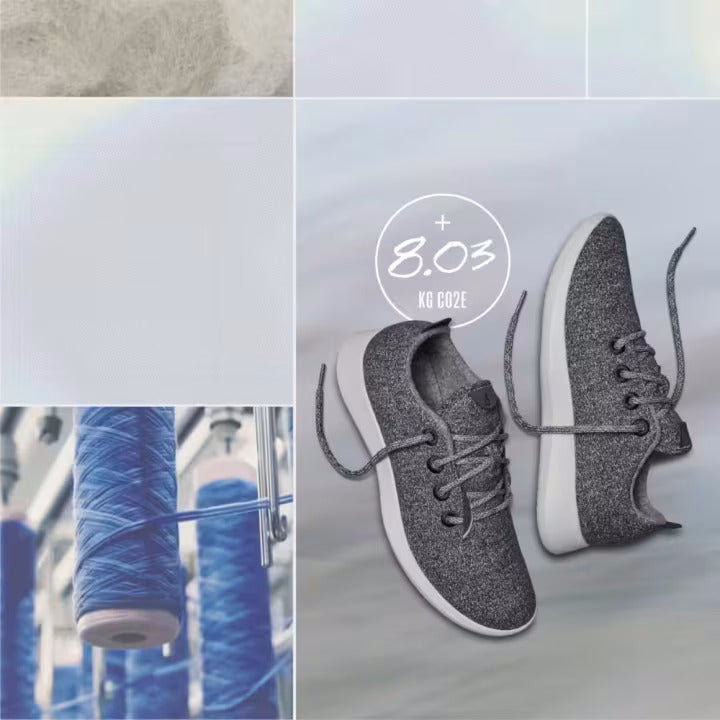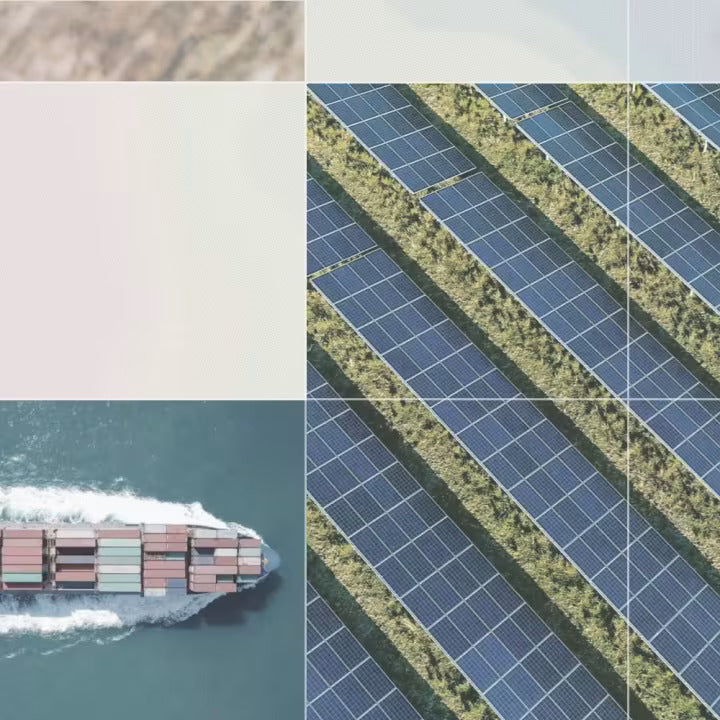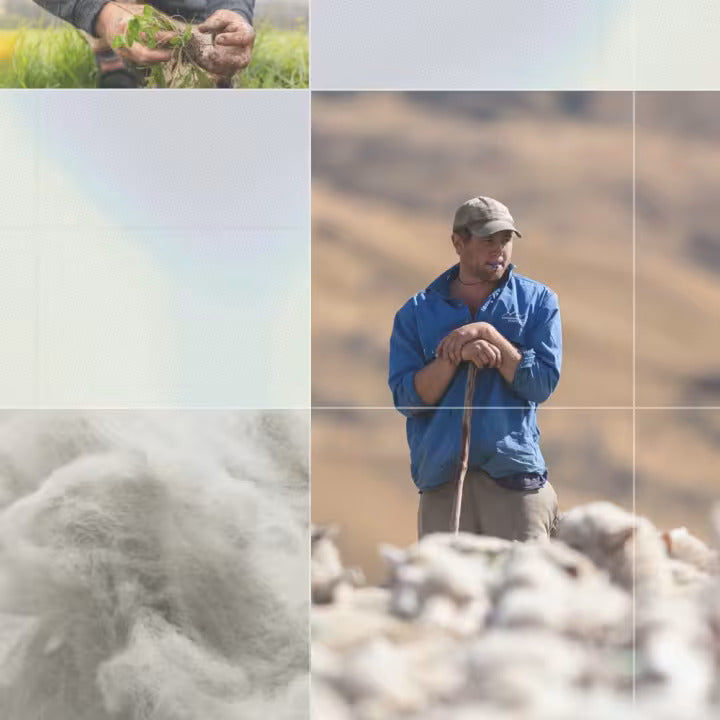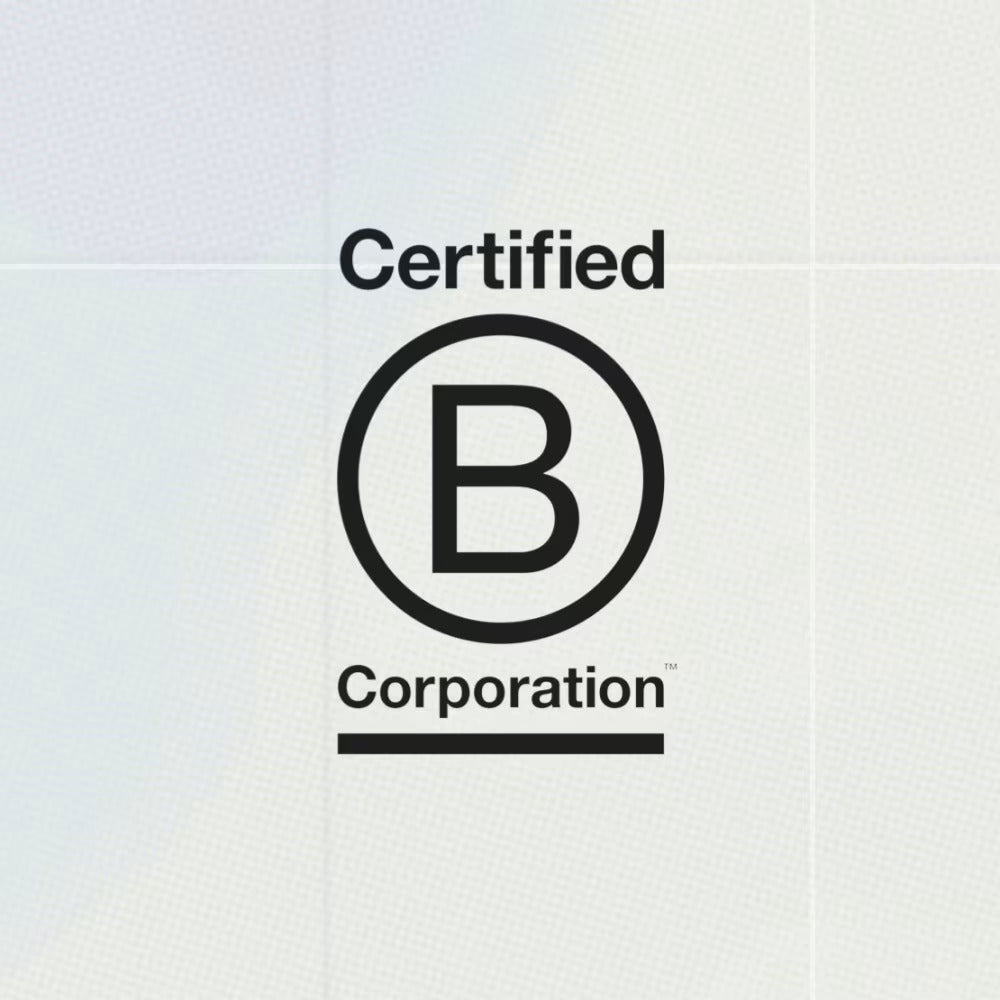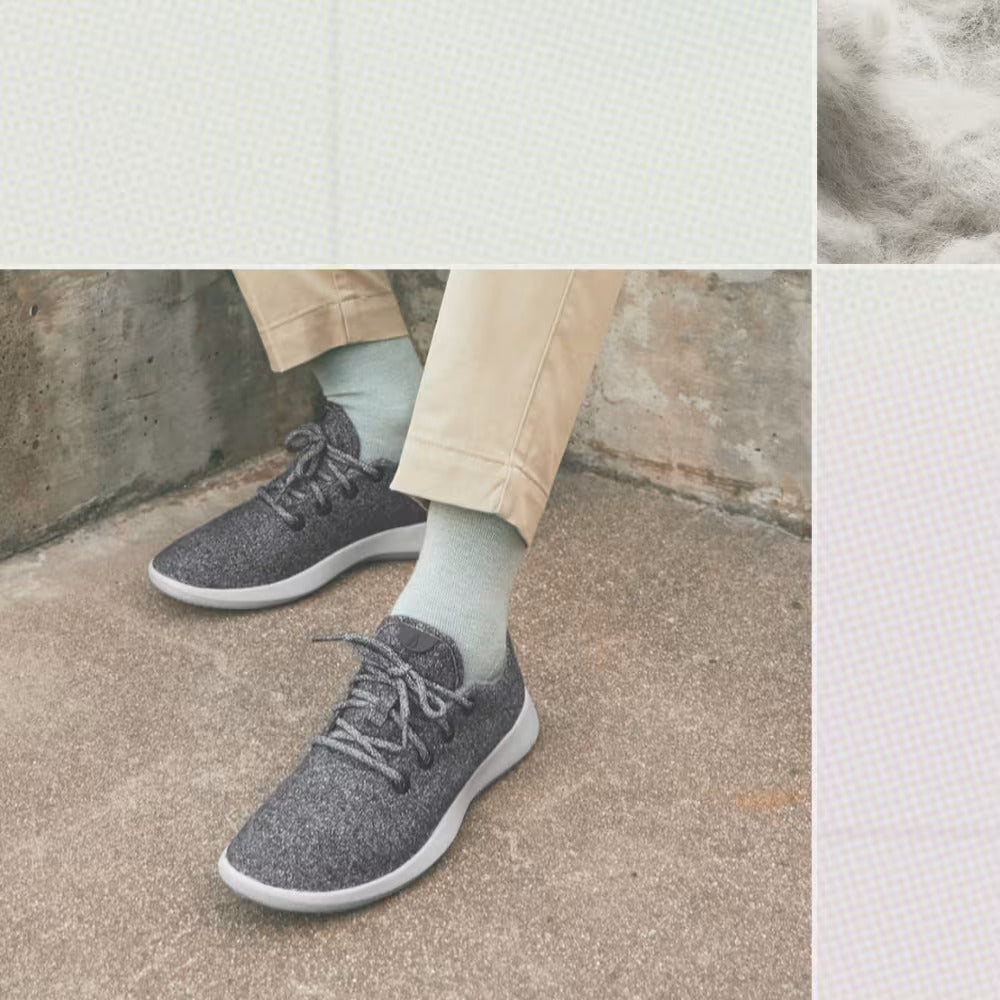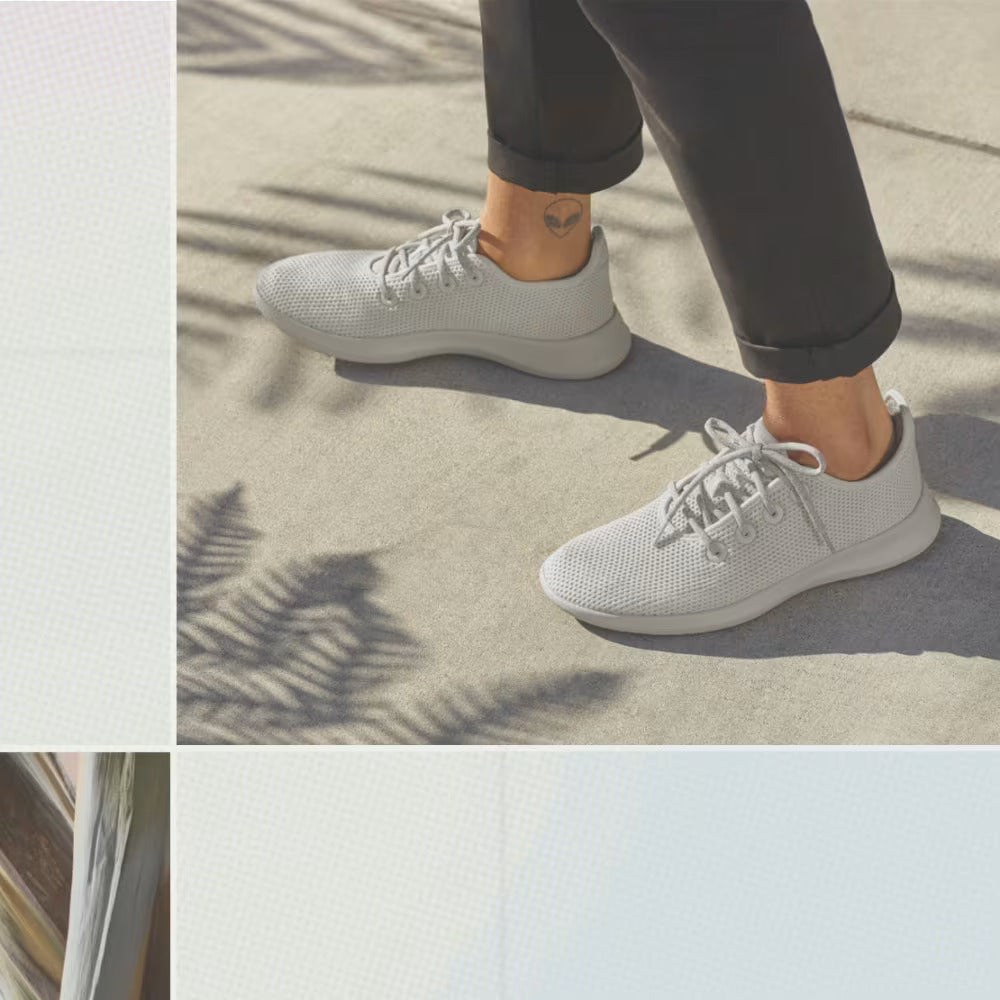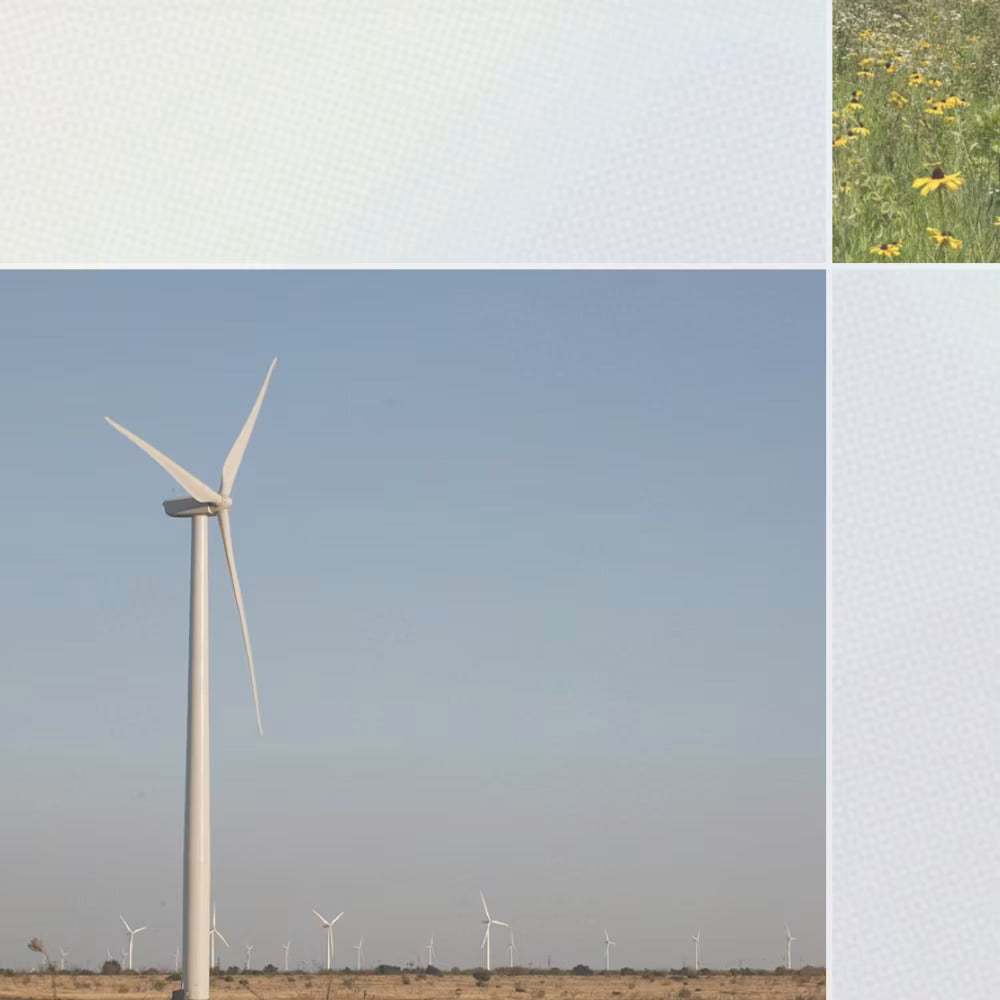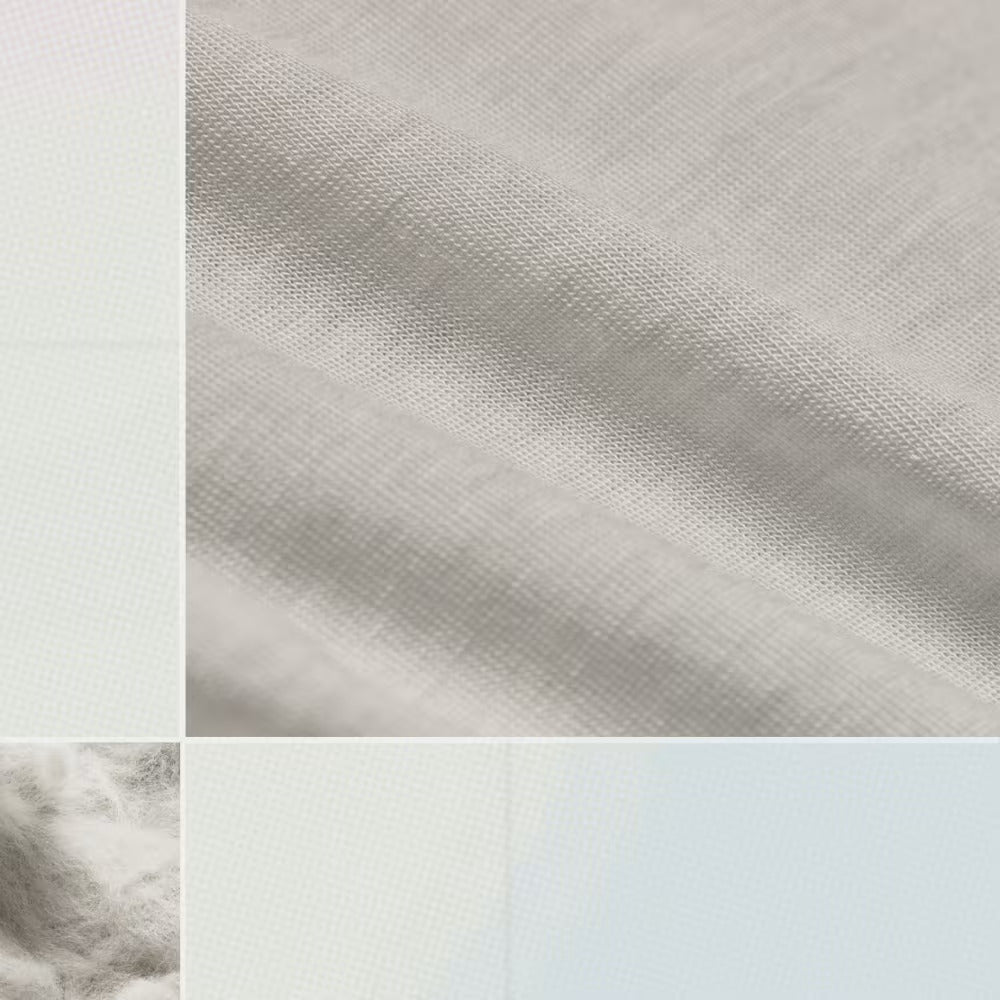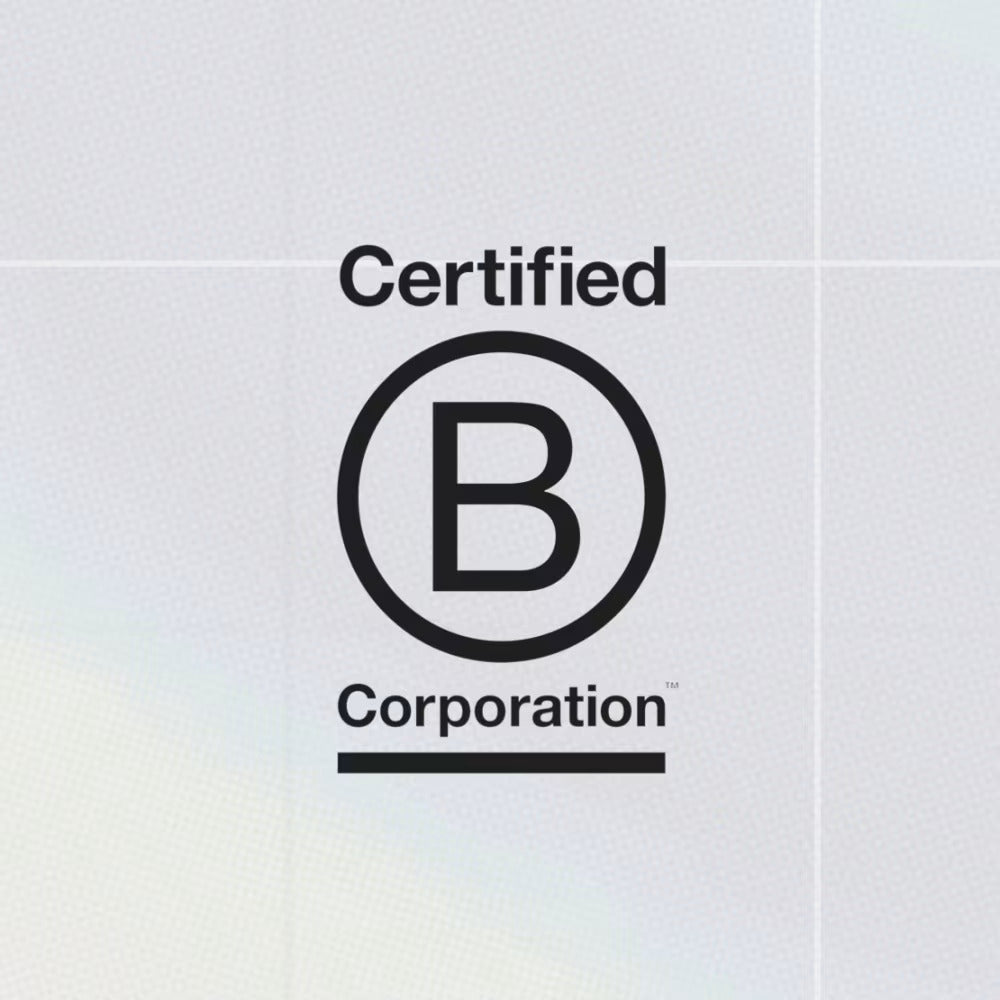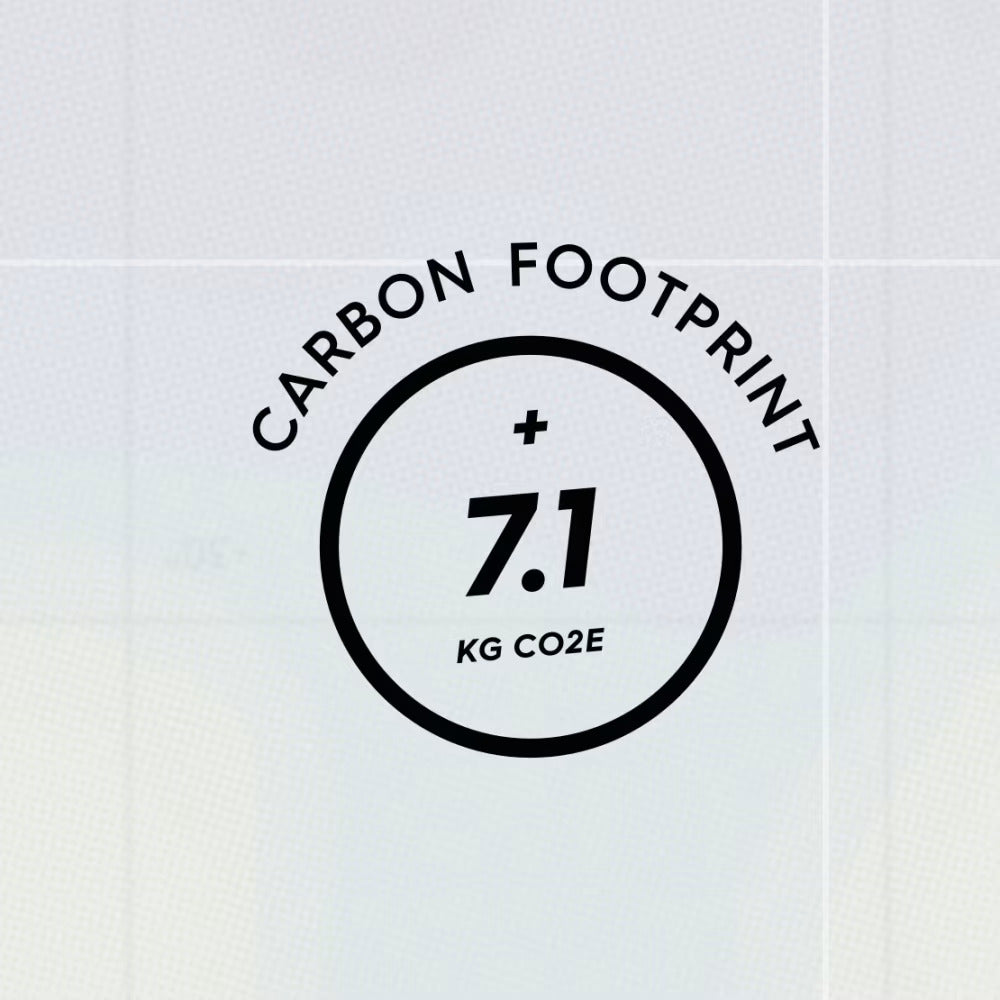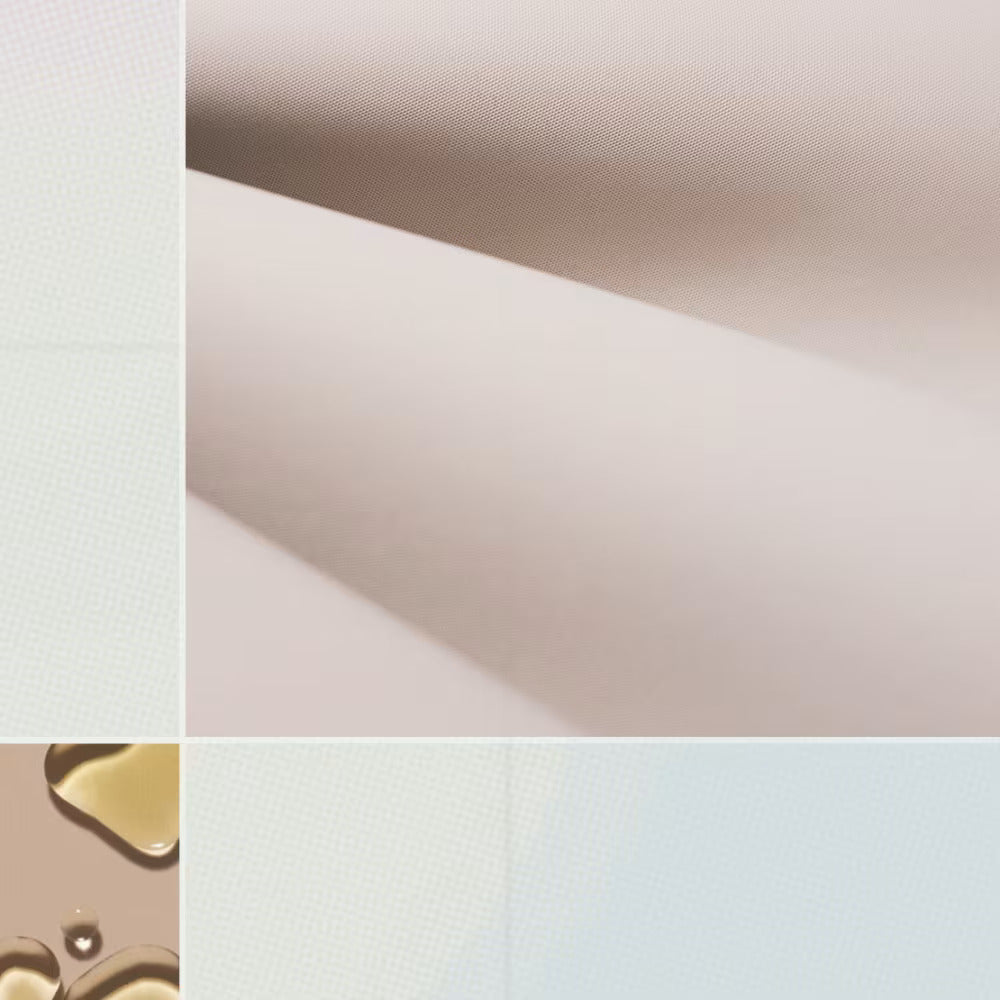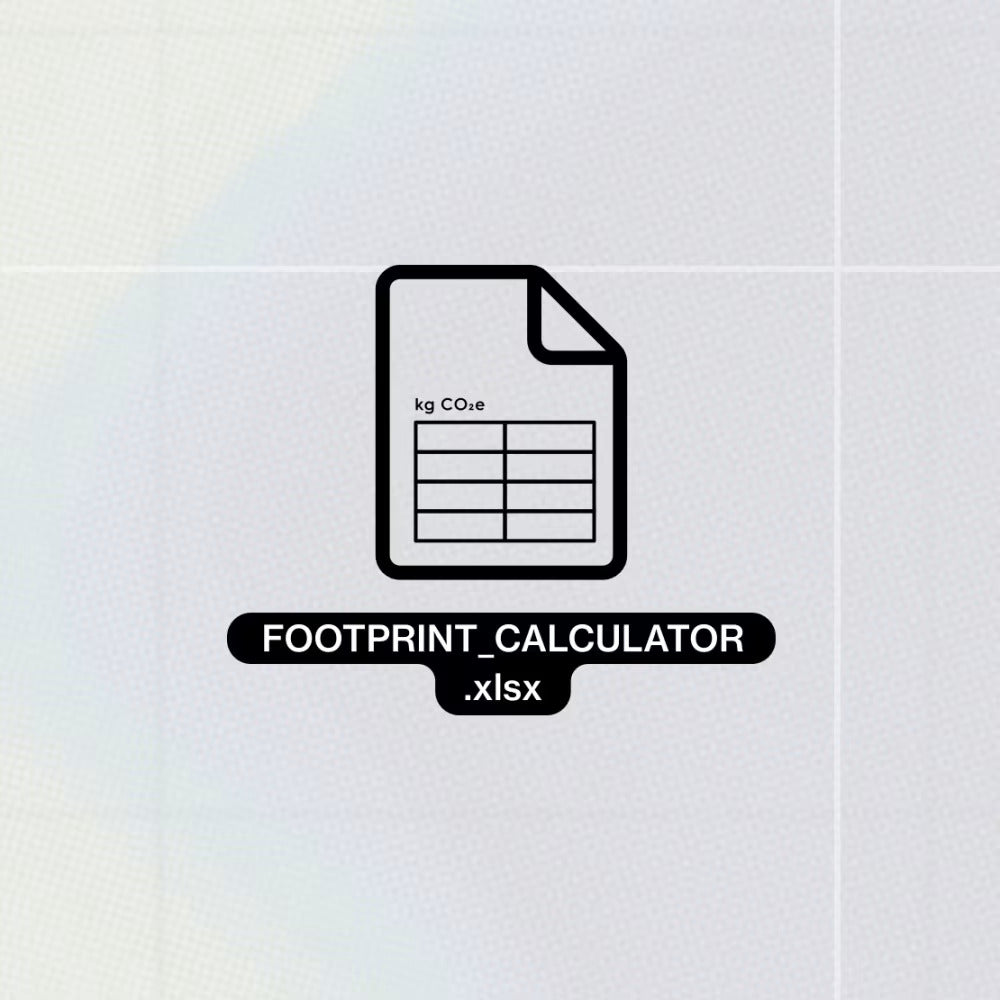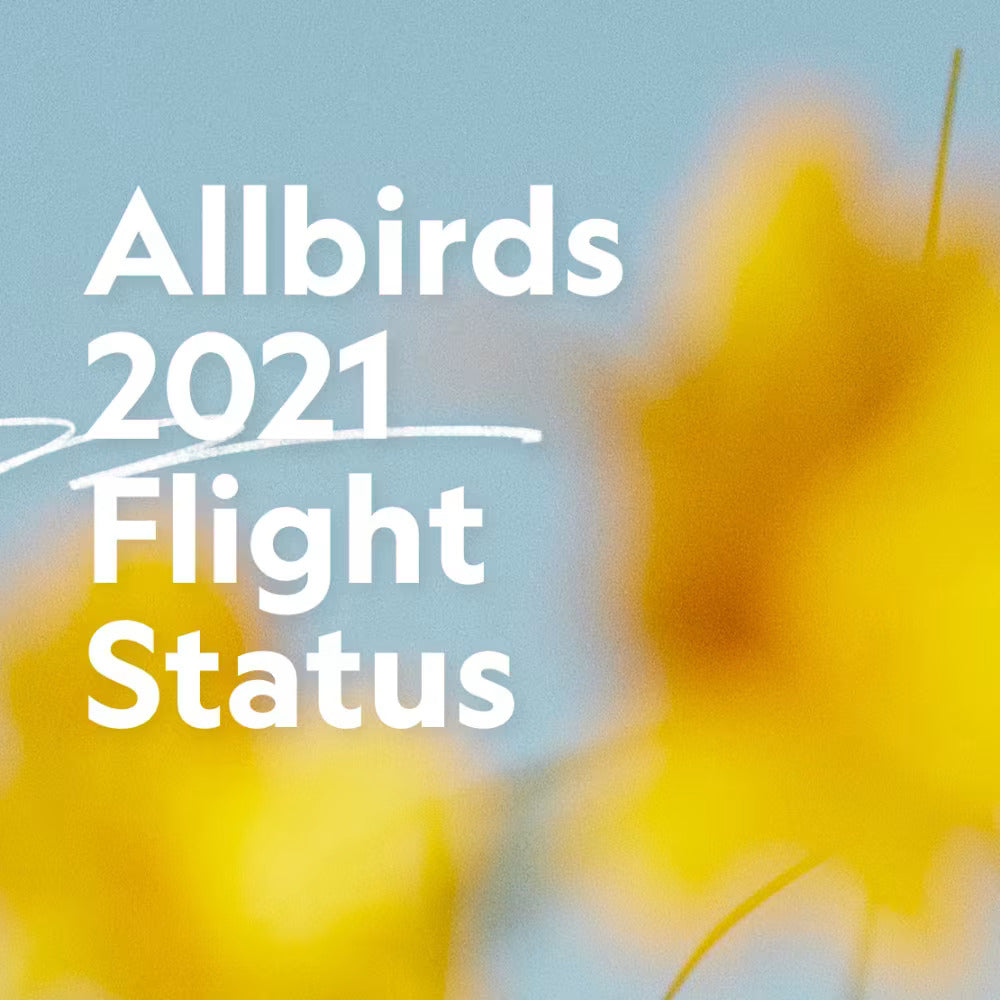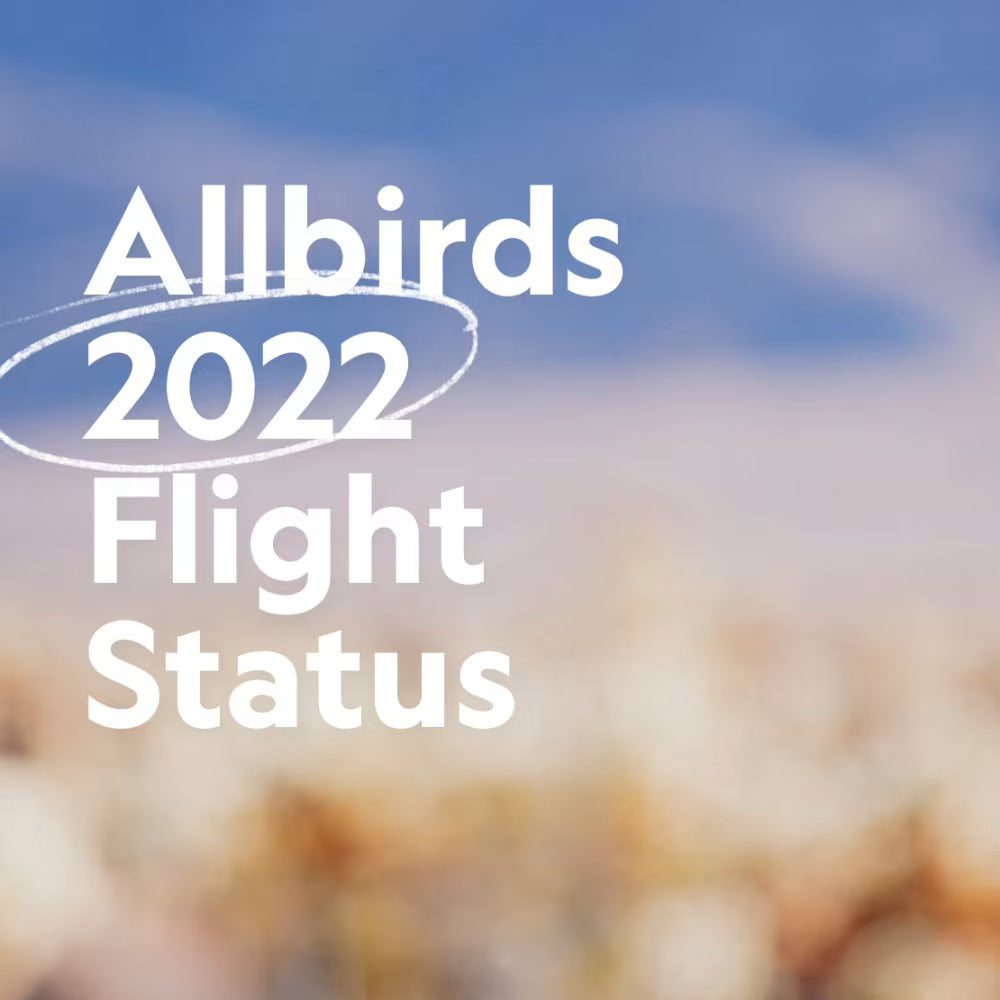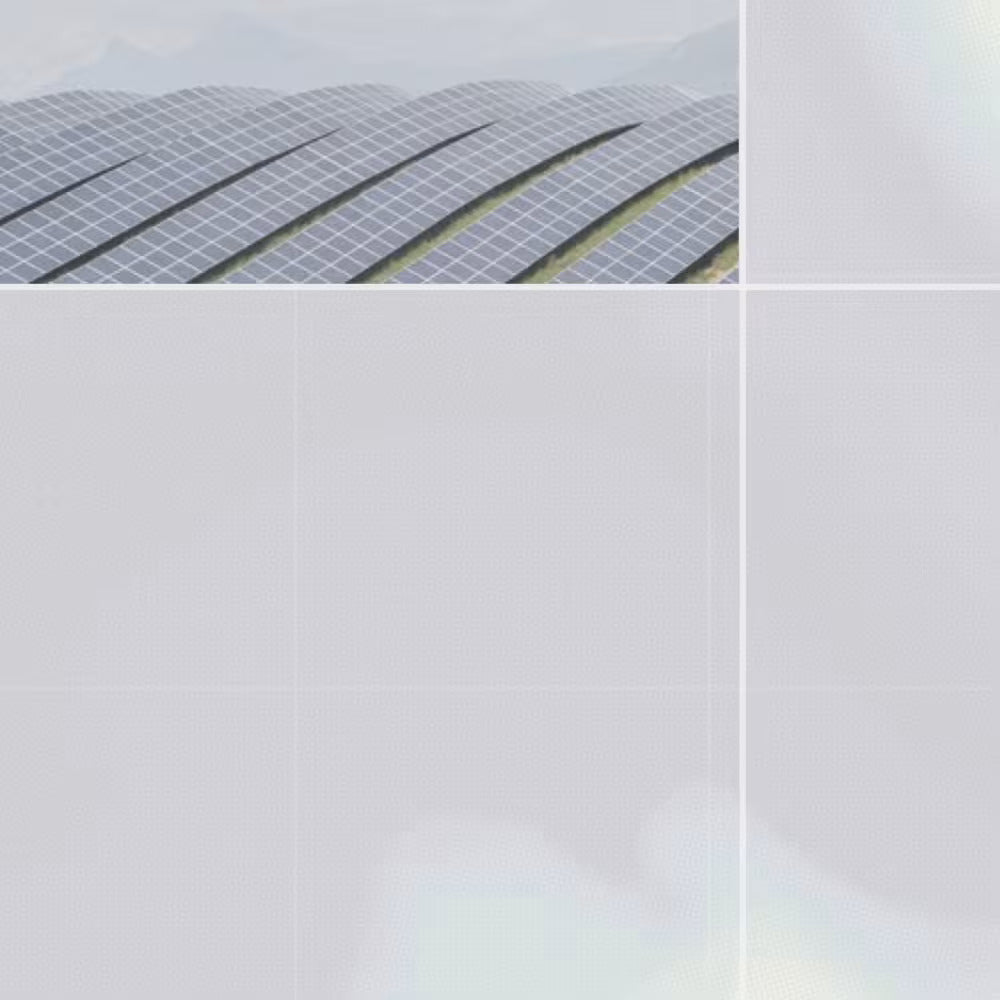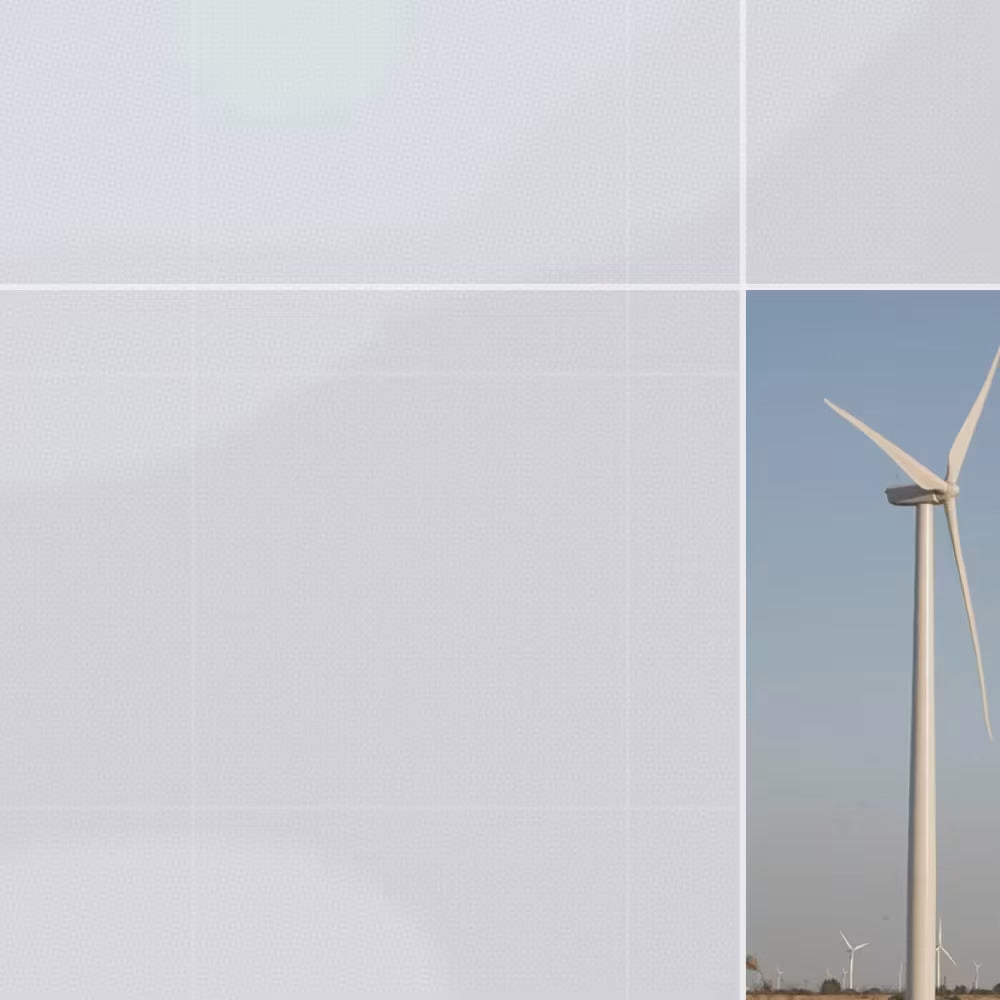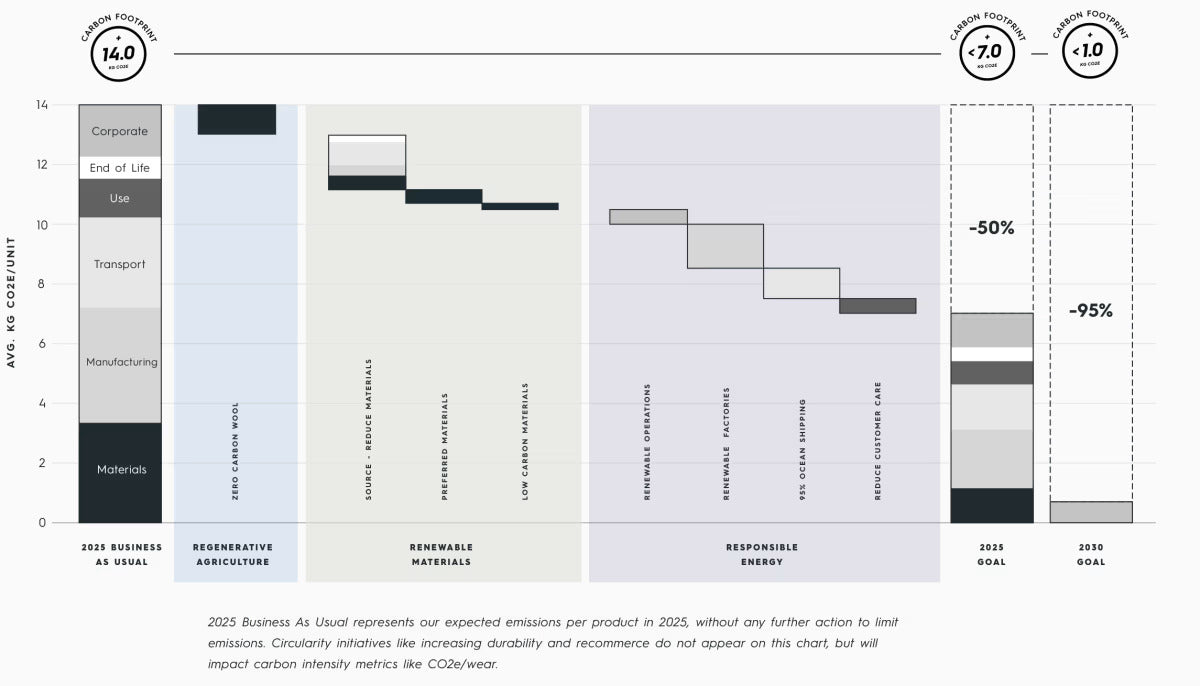erstklassiger Service - schnell, kompetent und sehr kundenorientiert - hab ich so noch nie erlebt
Ich habe im Mai mein Paar für den Städtetrip gekauft. Nach 3 Wochen fast ein Loch reingelaufen. Wurden umgetauscht. Das neue Paar nach nicht mal 3 Monaten jetzt mit einem Loch nicht mehr zu gebrauchen. Werde ich nie wieder kaufen.
I used to be a regular customer and enjoyed Allbirds all year long for several years. Now they launched localized eshop with shitty translations, uped the prices for us by 30 % and stopped all the promotions. Are you serious? I can see the same shoes in the US for 94 USD while I am requiered to pay 150 EUR? Like come on?!? You lost me there. This is not a fair approach to the customer.
Meine Anfrage zu den Größenangaben wurde sehr schnell beantwortet. Die Lieferung erhielt ich innerhalb von 2 Tagen.
Obwohl ich Grösse 39 habe passt 38 perfekt. Im Momemt brauche ich um den Schuh anzuziehen einen Schuhlöffel da es über dem Rist noch etwas eng ist. Ich hoffe es lockert sich durch das tragen. Das Fersenpolster reibt noch ein bisschen trotz Socken. Ich empfehle die Schuhe vorher etwas einzulaufen und nicht sofort einen längeren Marathon zurück zu legen. Hoffe die Schuhe dehnen sich noch ein bisschen aus. Ansonsten top Qualität und super leicht mit einem guten Profil.
It‘s a great shoe, supercomfortable.
The size is slightly too big, might have been better to choose one size smaller.




